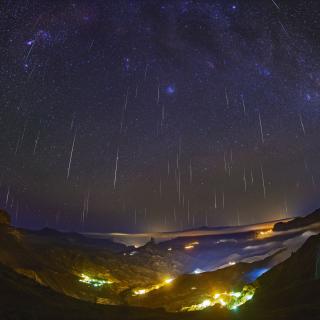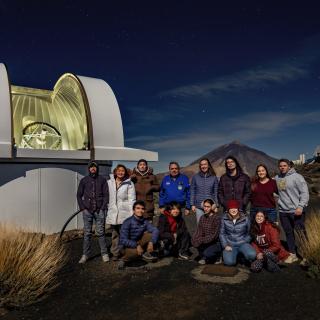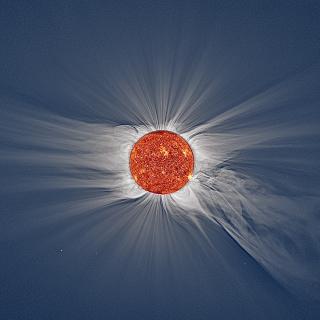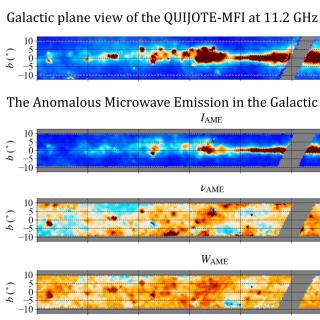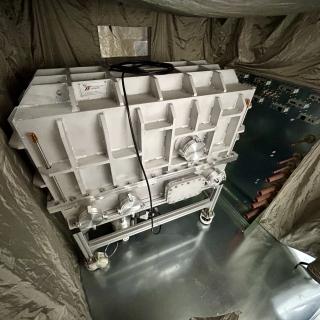
The annual meeting of the DALI (Dark-photons & Axion-Like particles Interferometer) experiment, an international collaboration to develop an astroparticle detector for the first direct observation of dark matter, was held on 7 and 8 February at the IAC headquarters in La Laguna. The various proofs of concept carried out over the last few years have given rise to a prototype, manufactured at the IAC's instrumentation facilities, whose first scientific results are expected to be published soon. The main goal of DALI is to search for dark matter axions and paraphotons in a spectral range that
Advertised on
